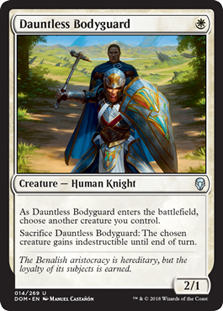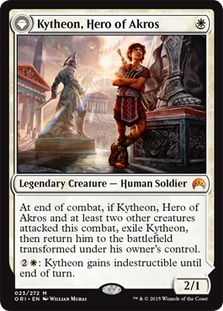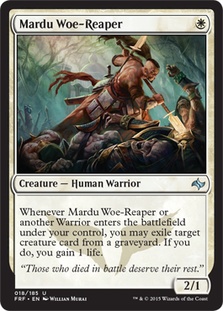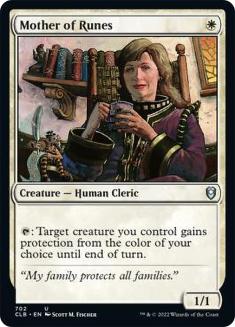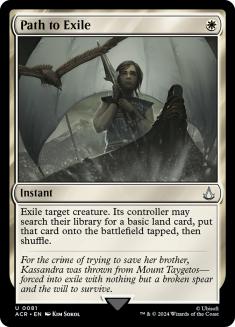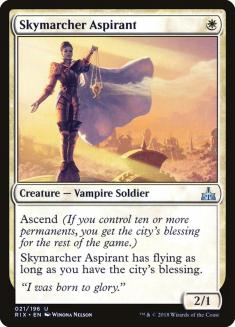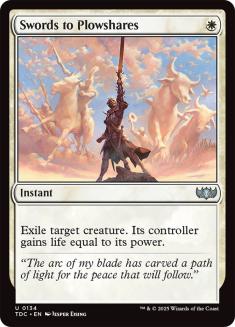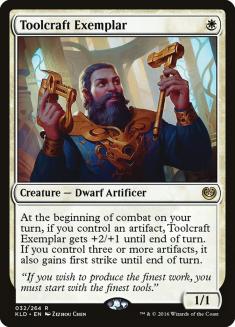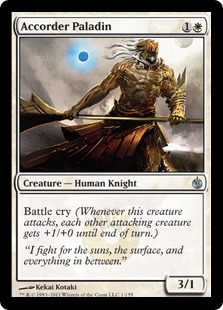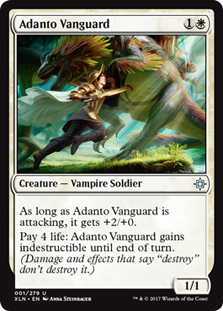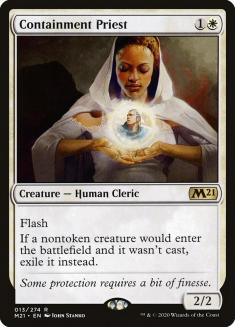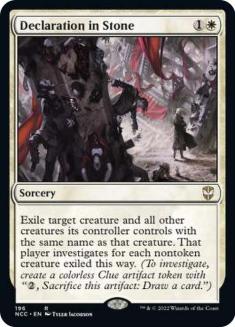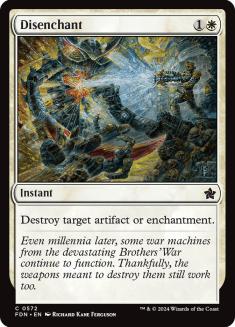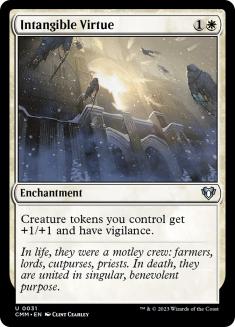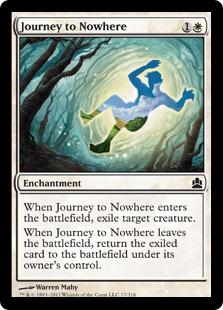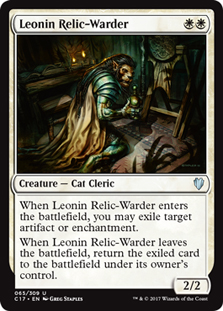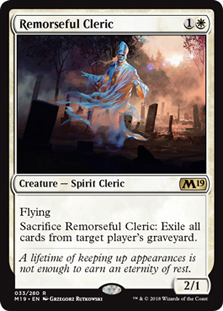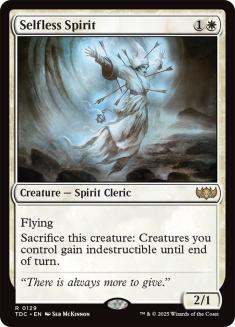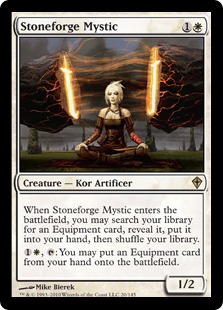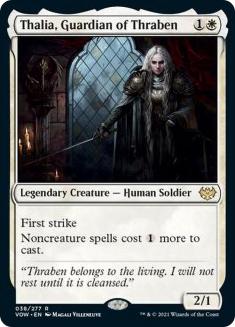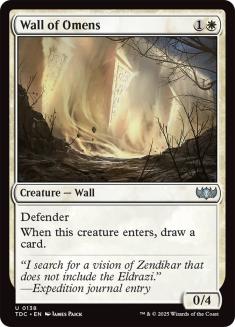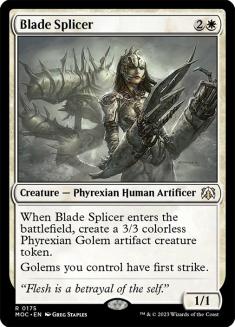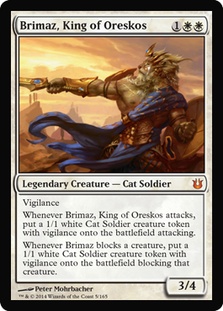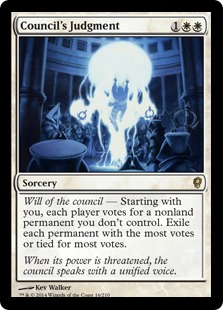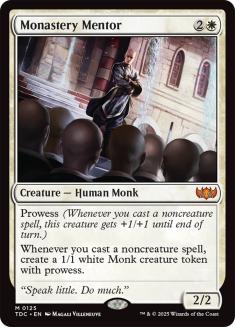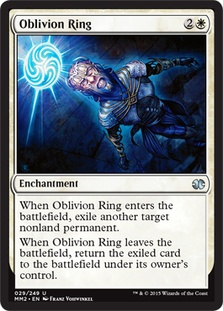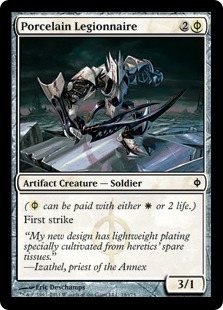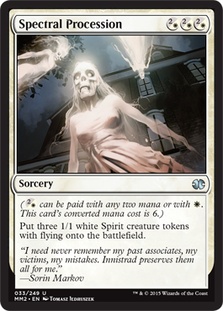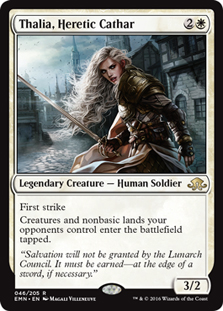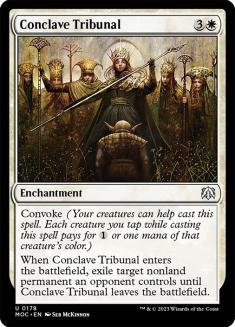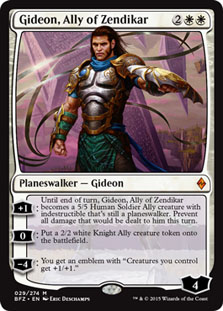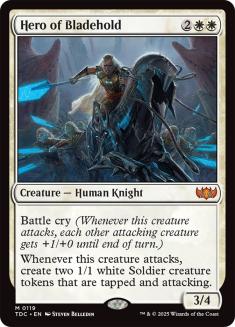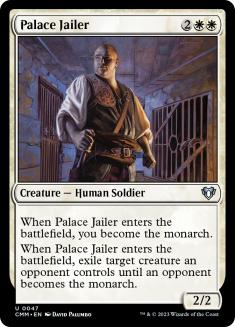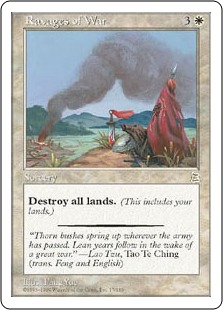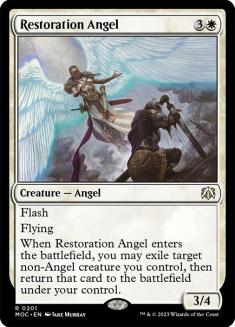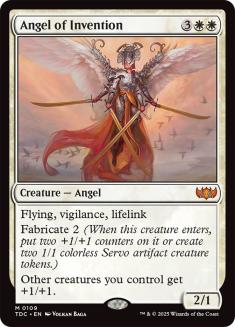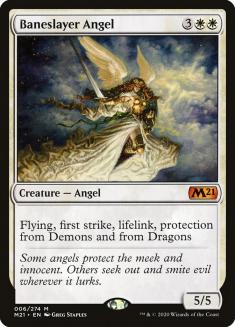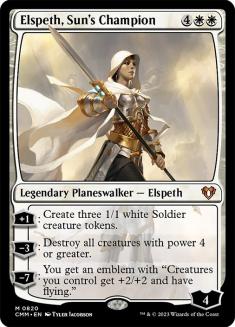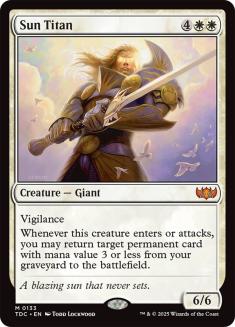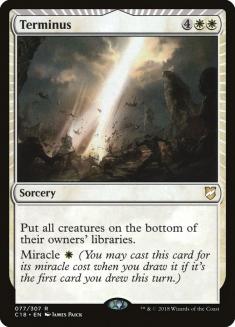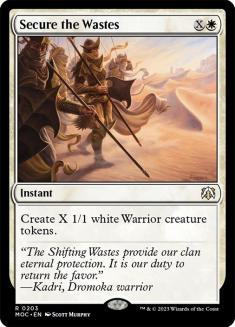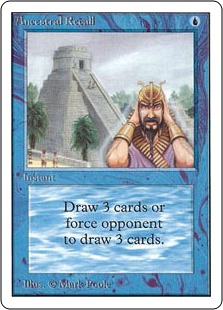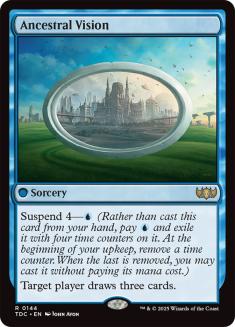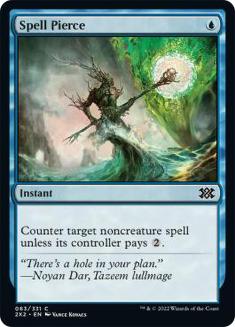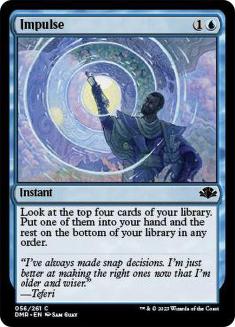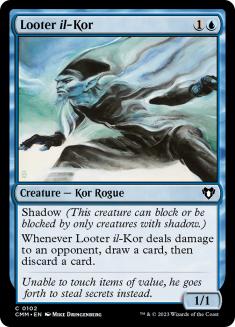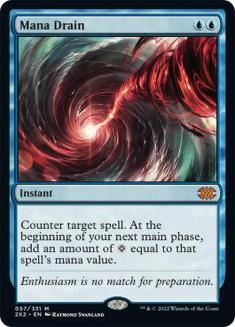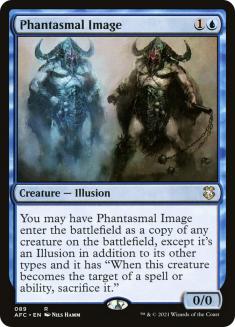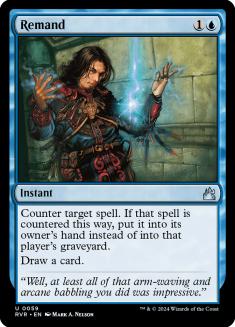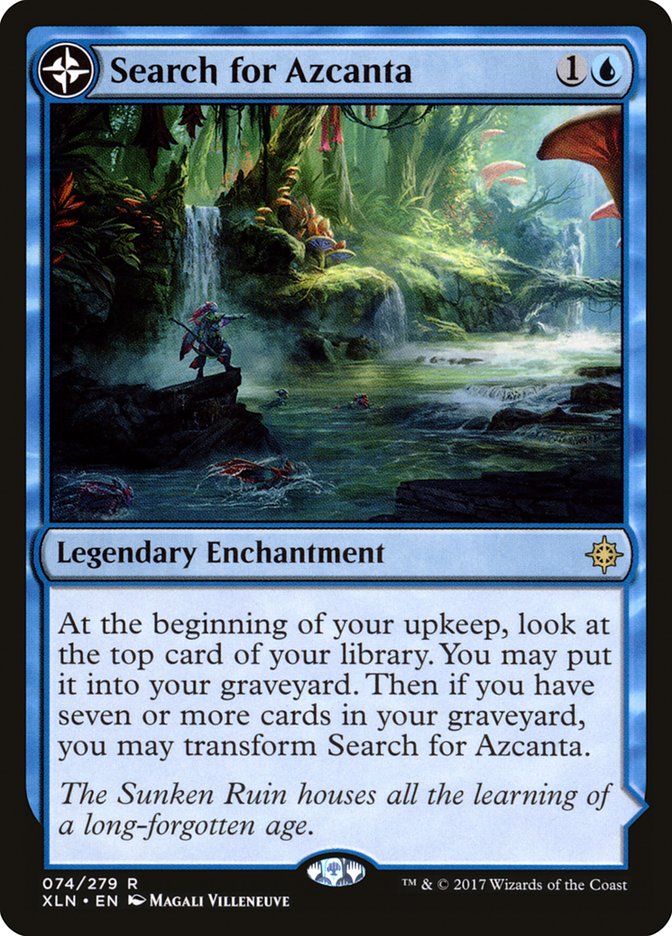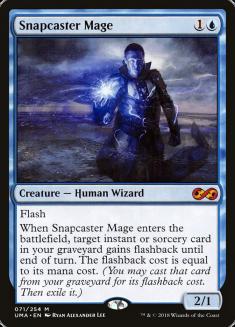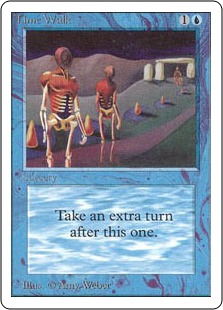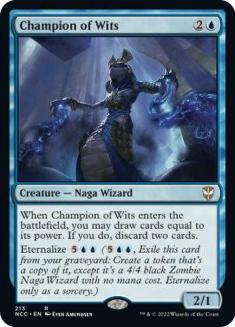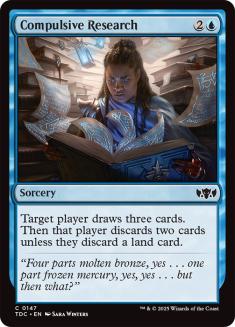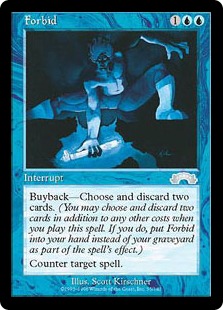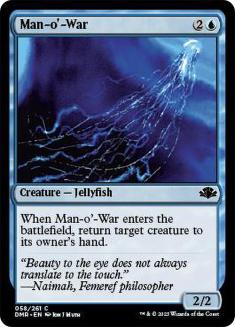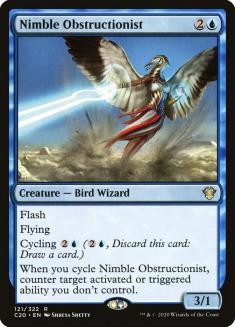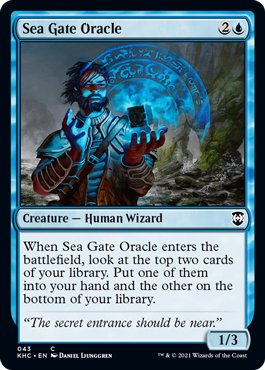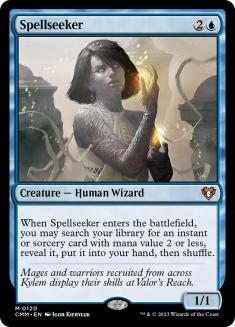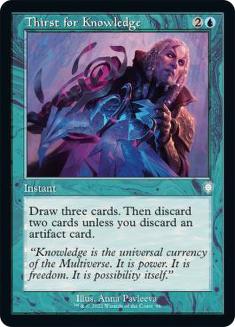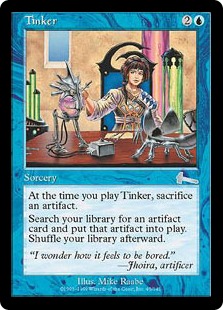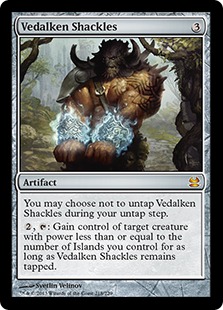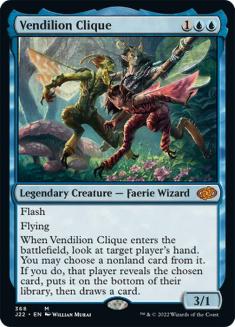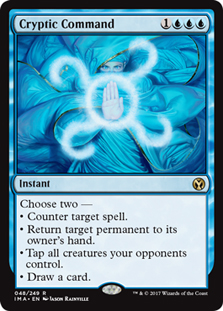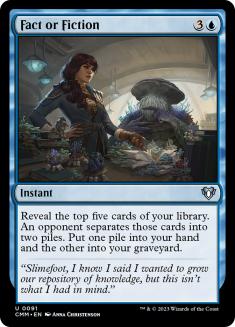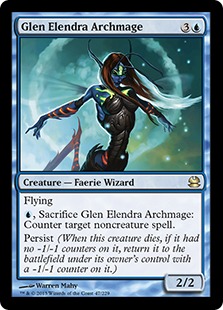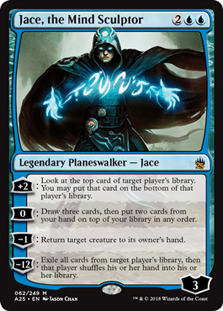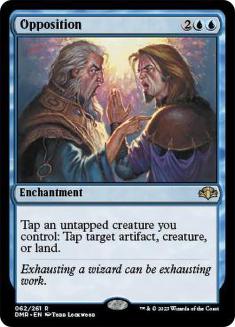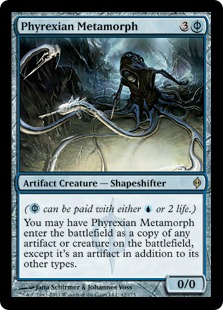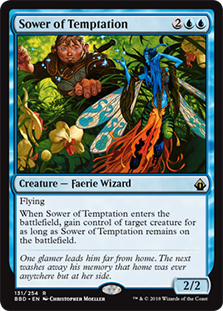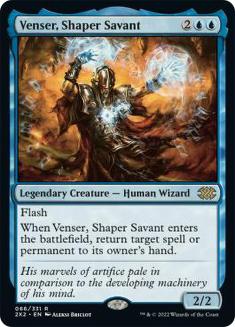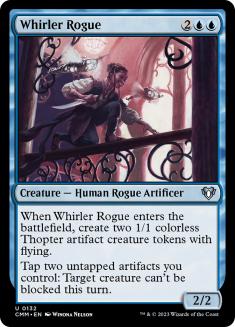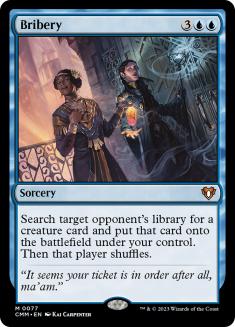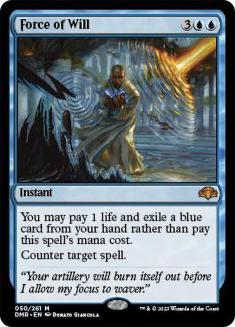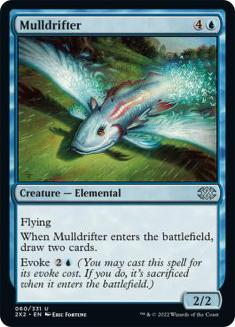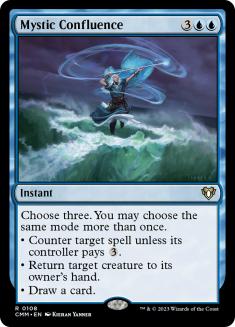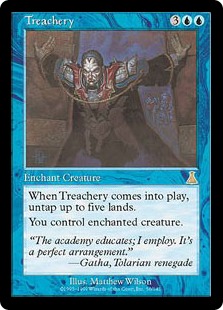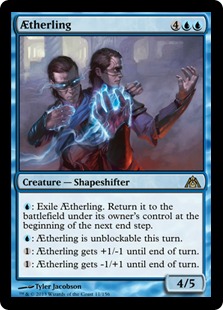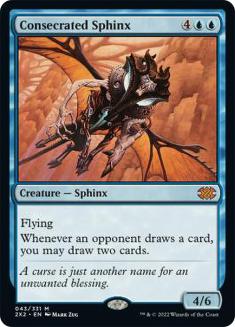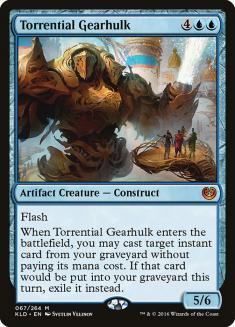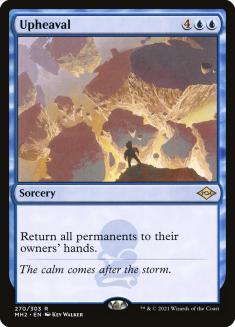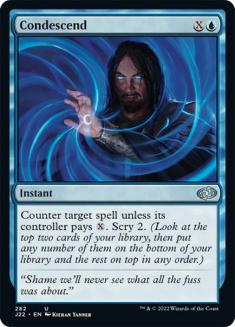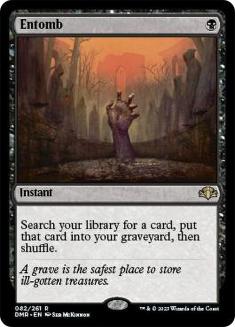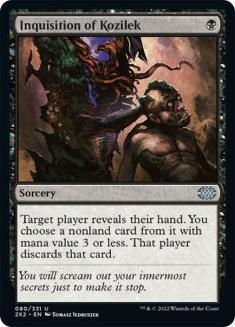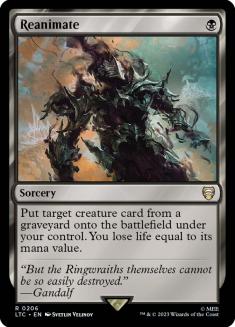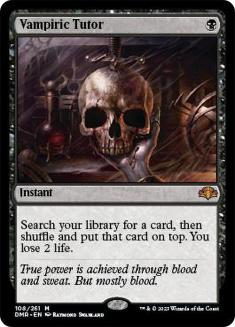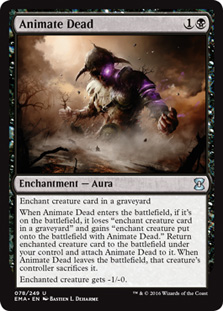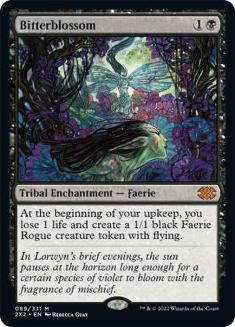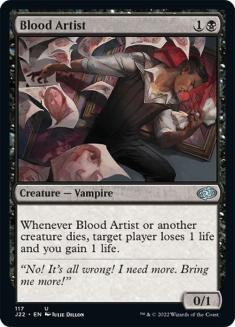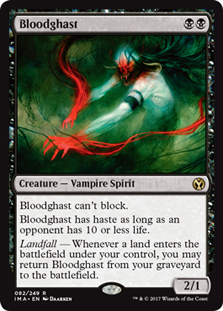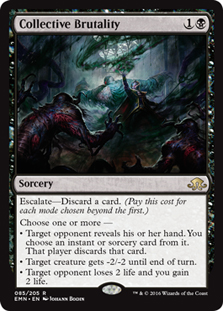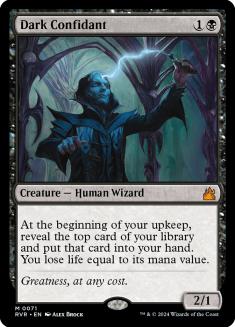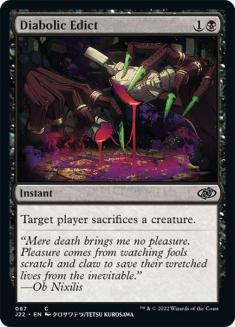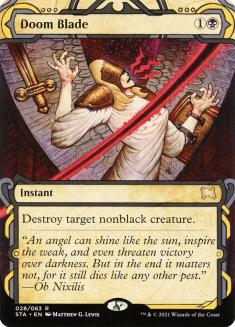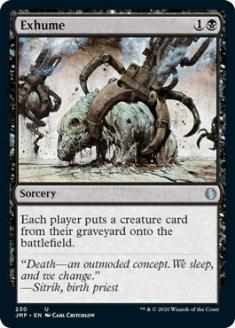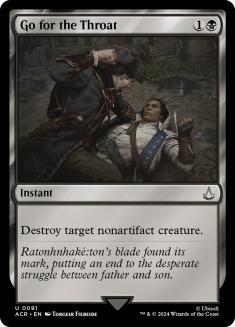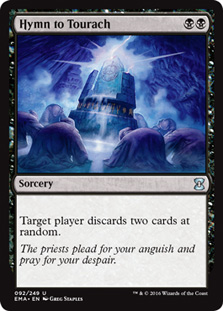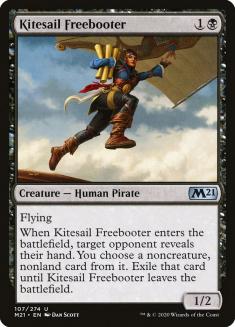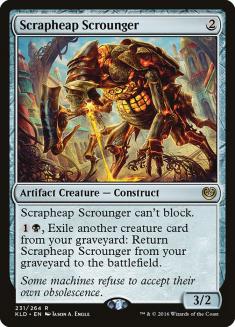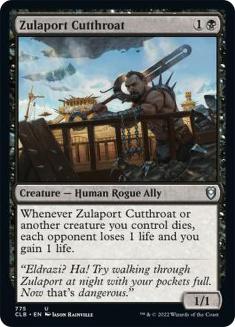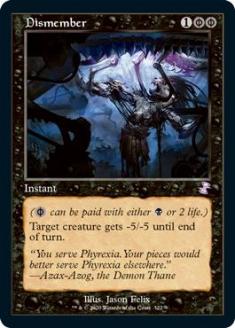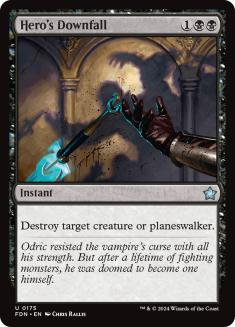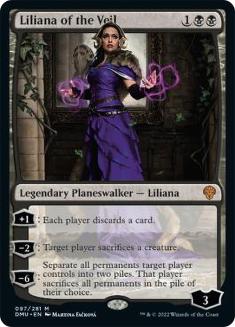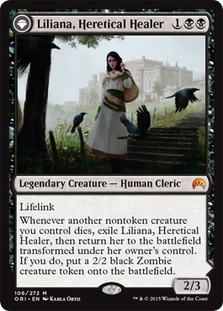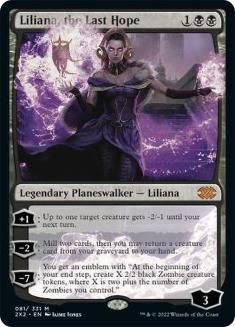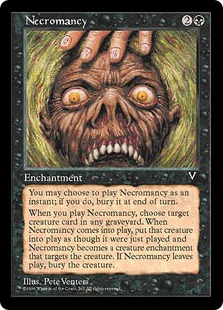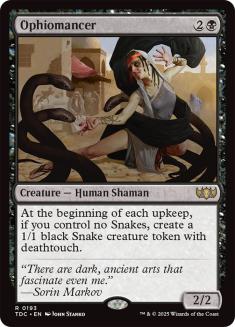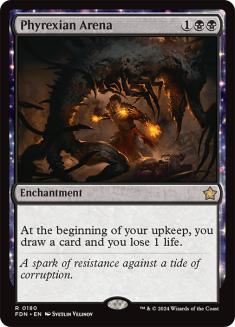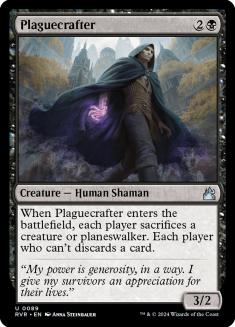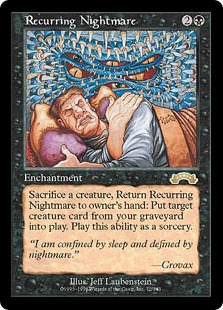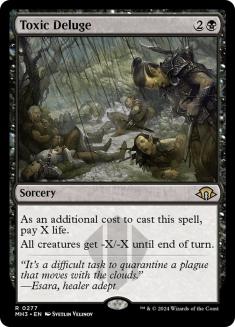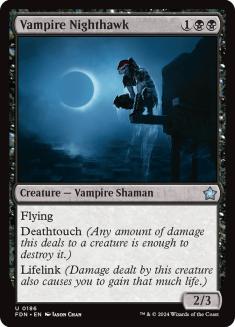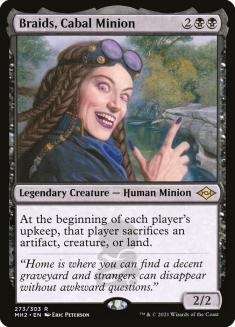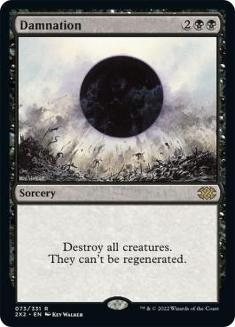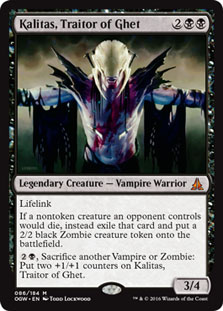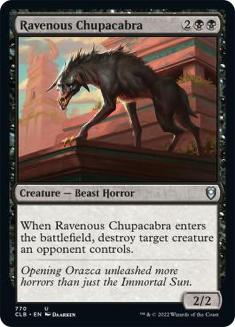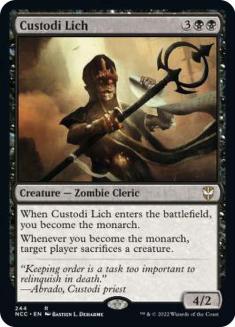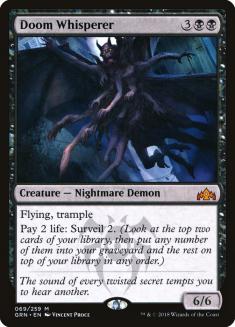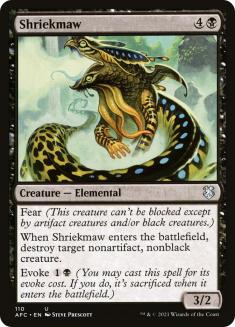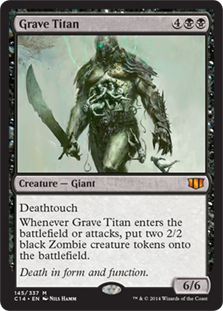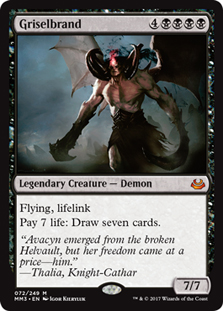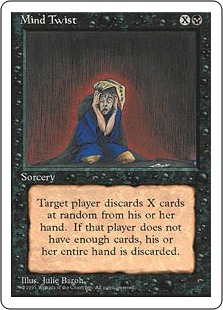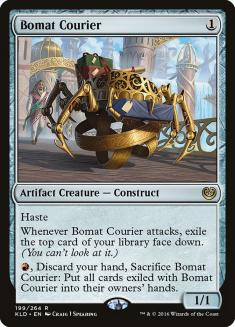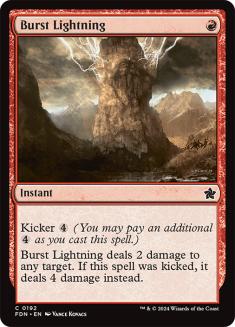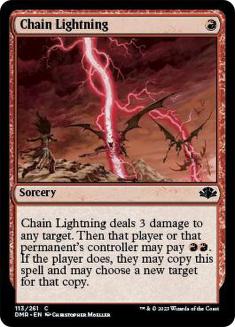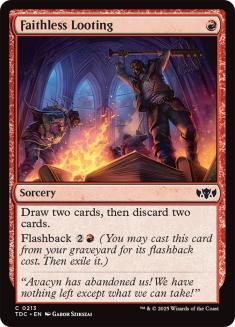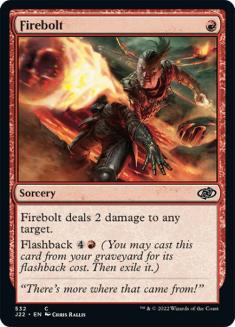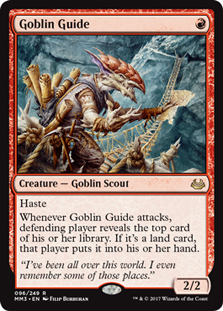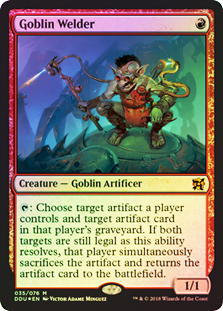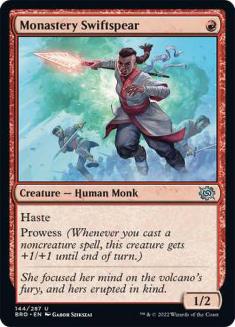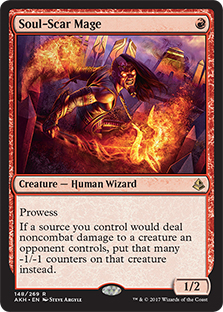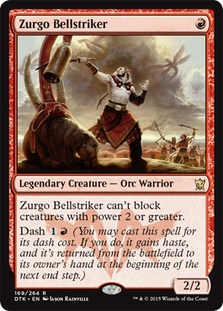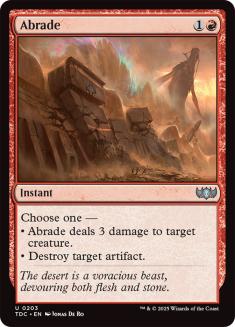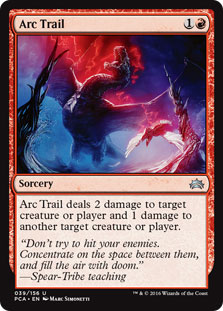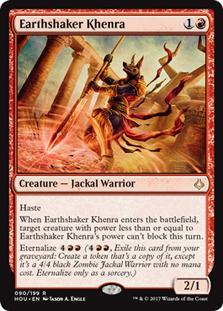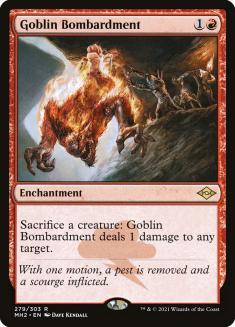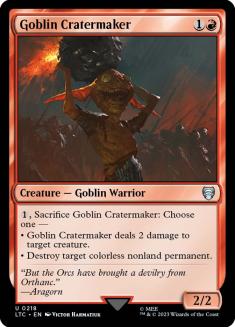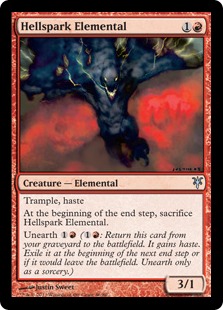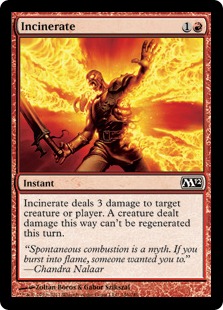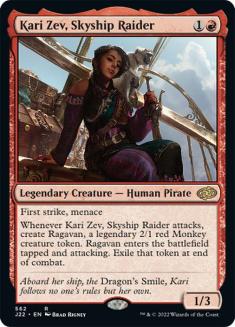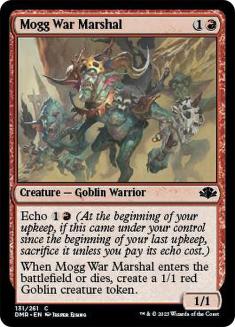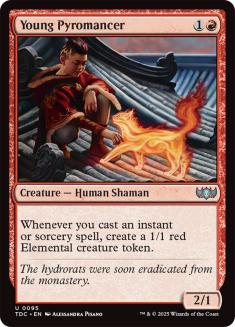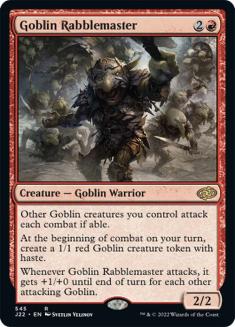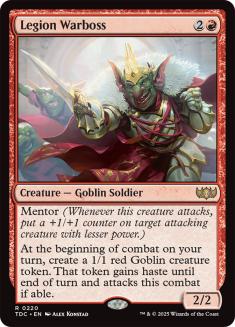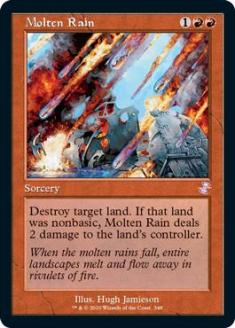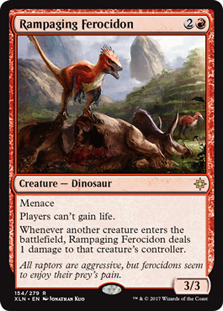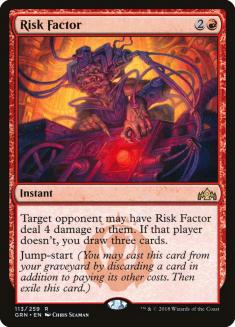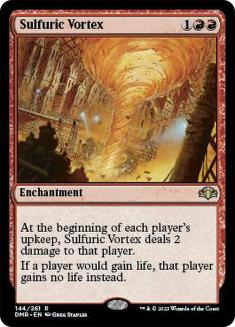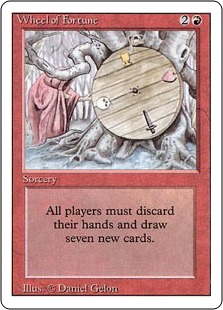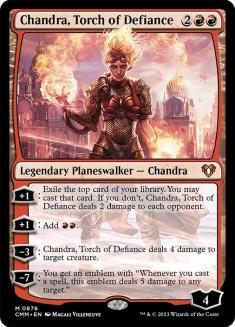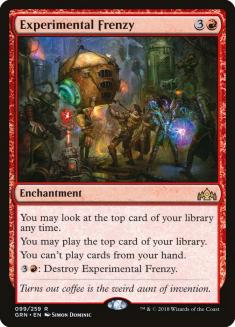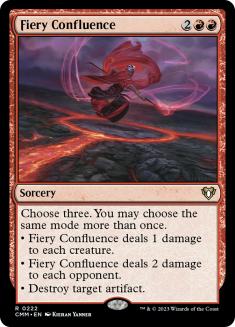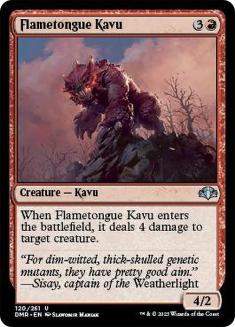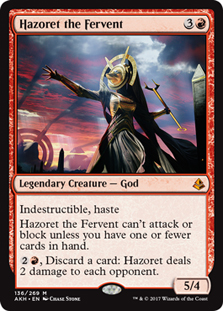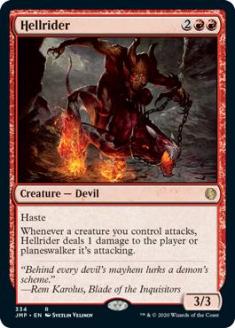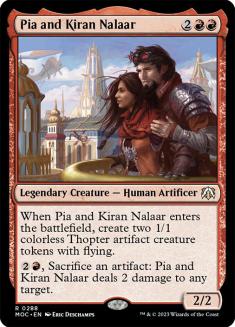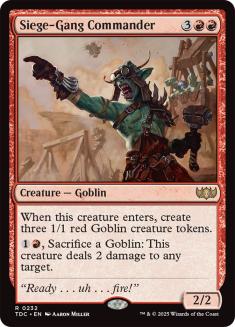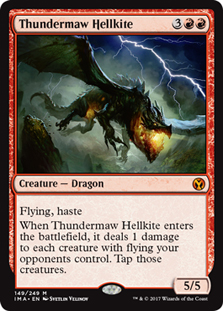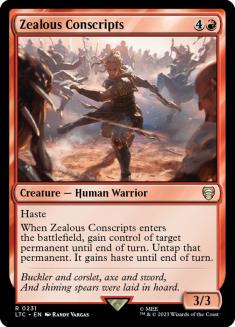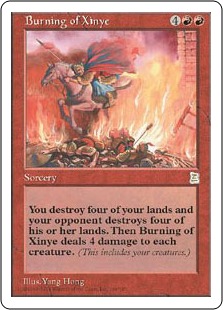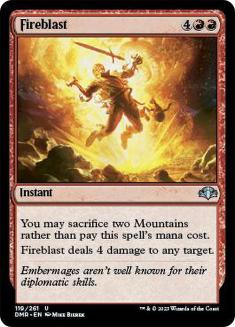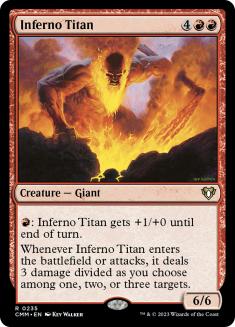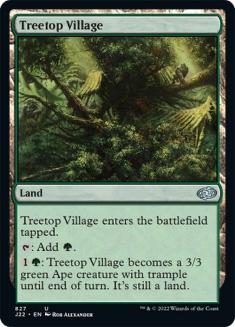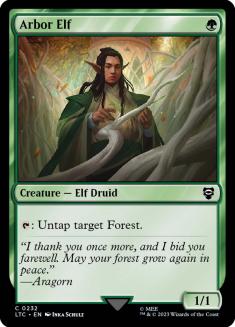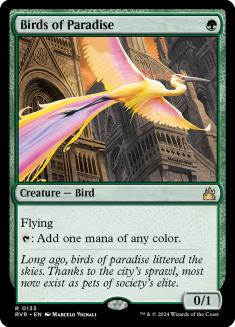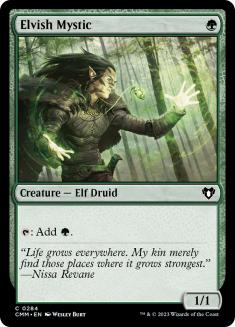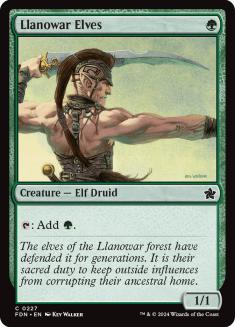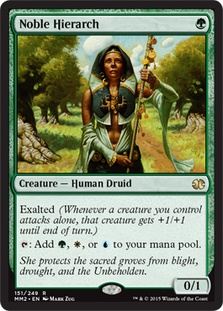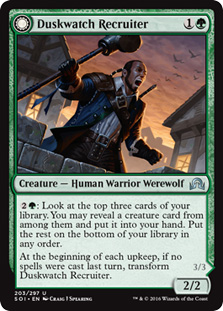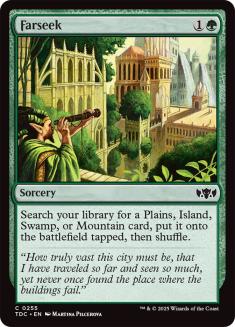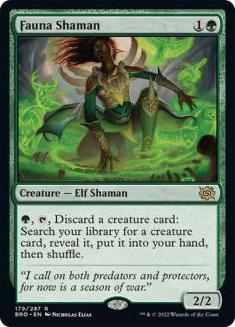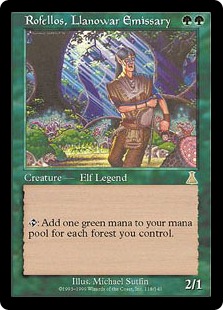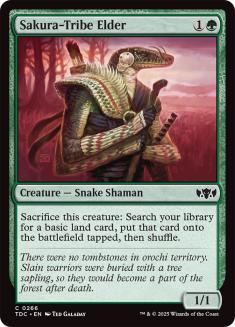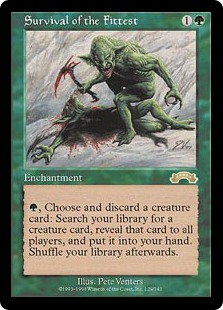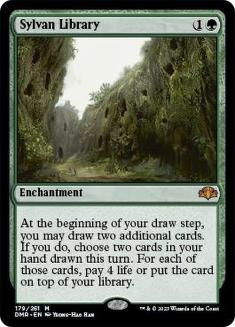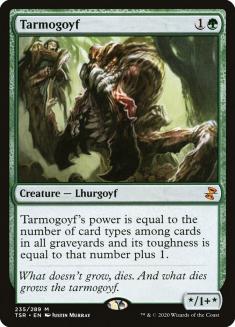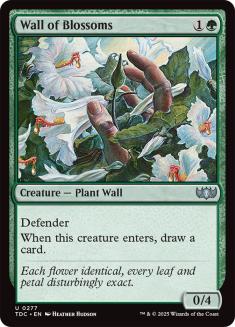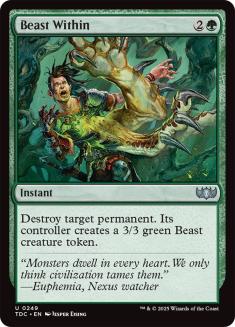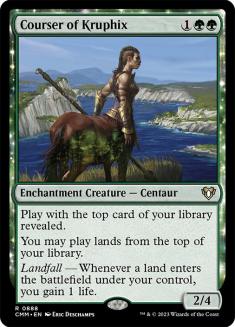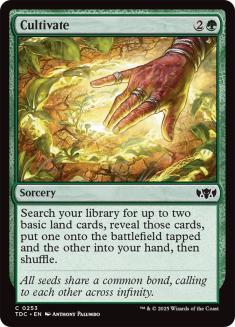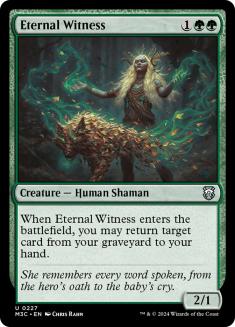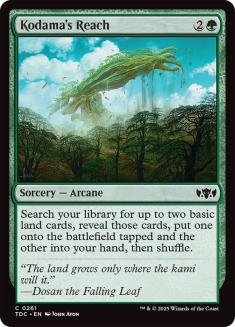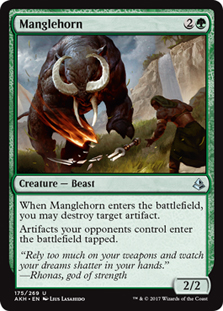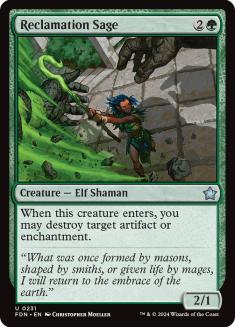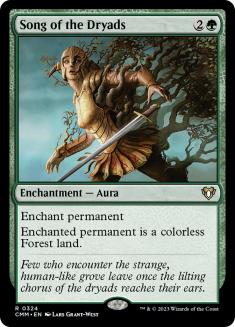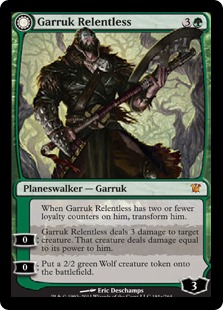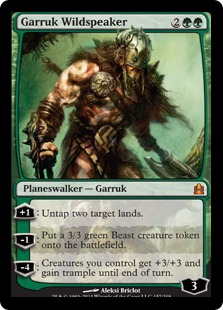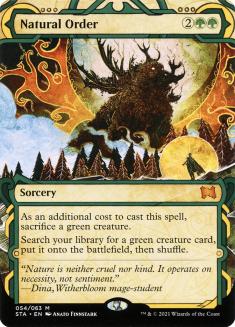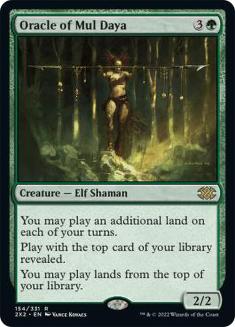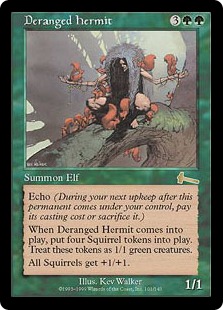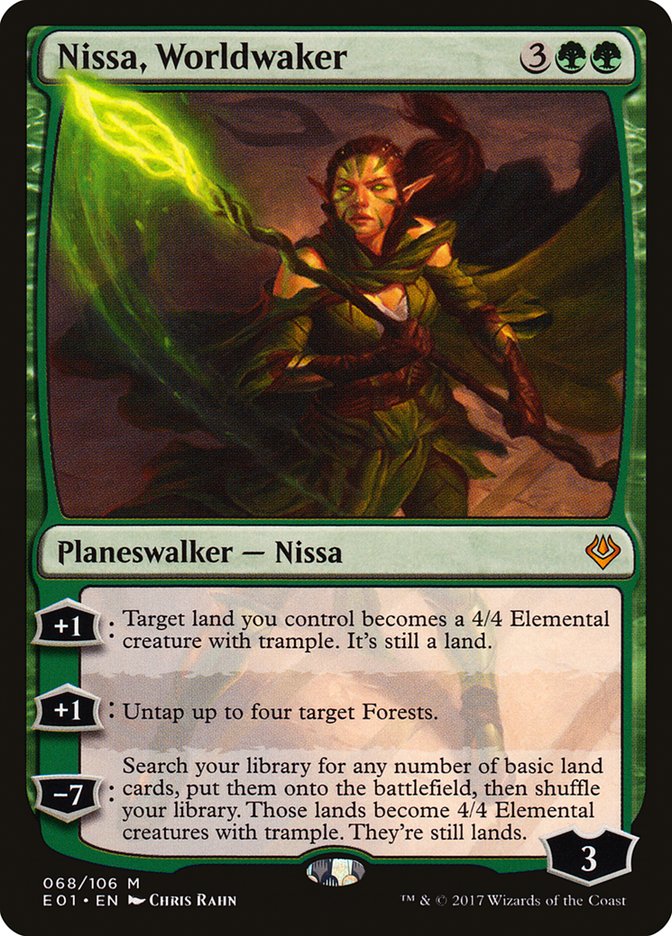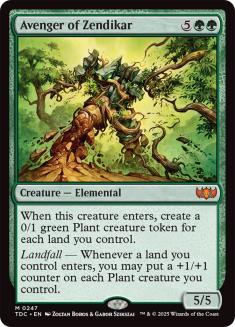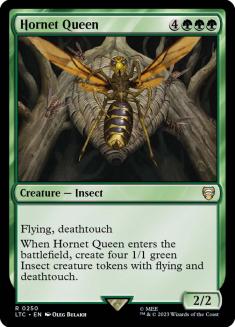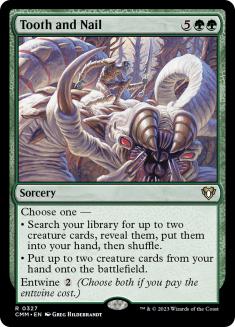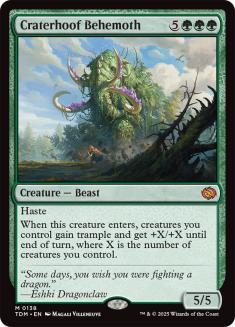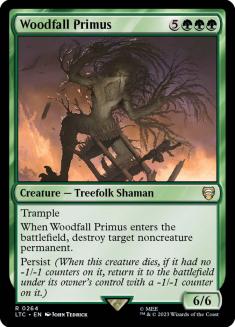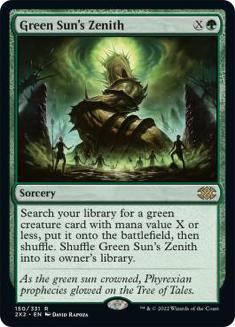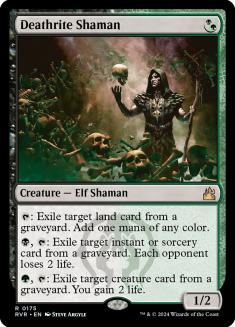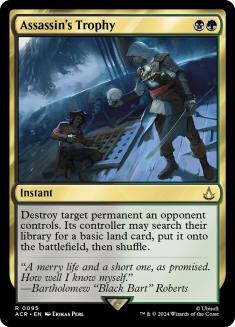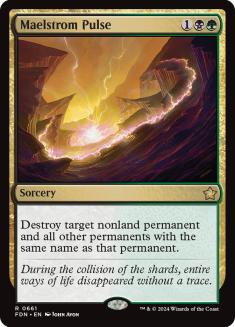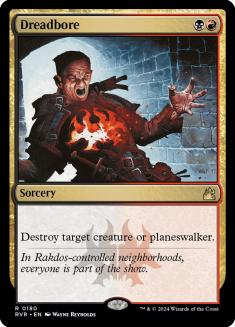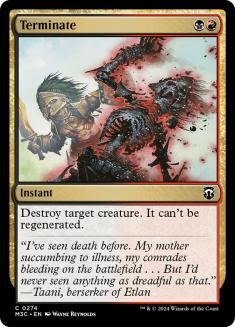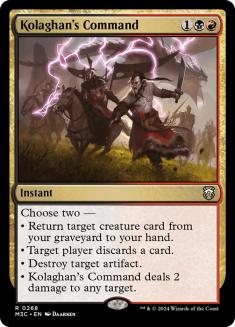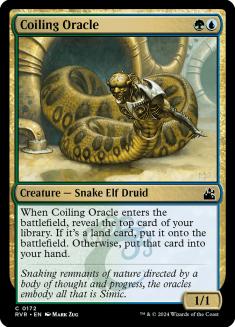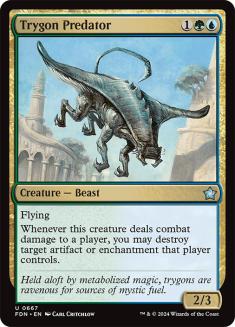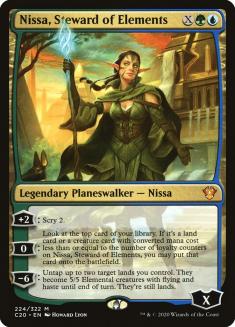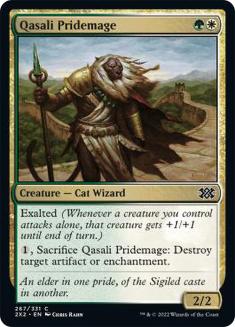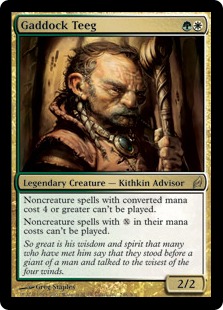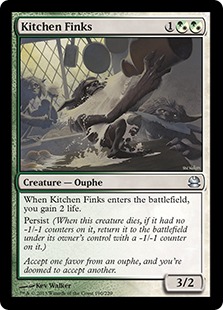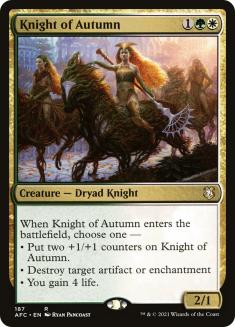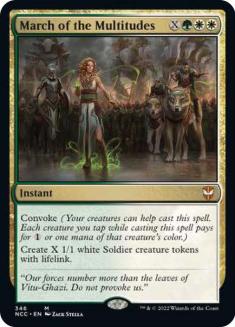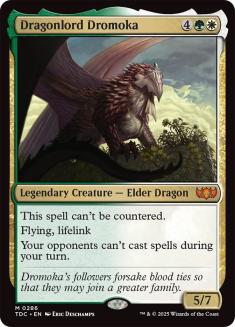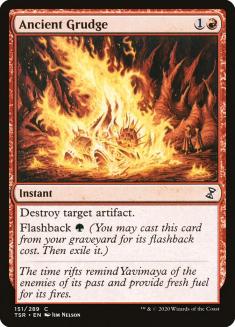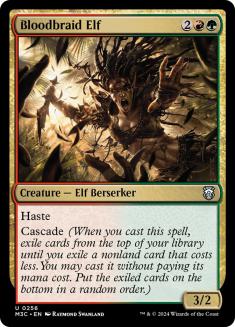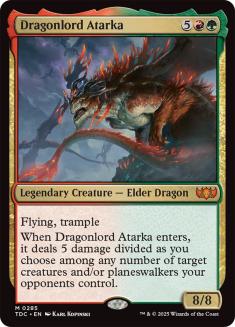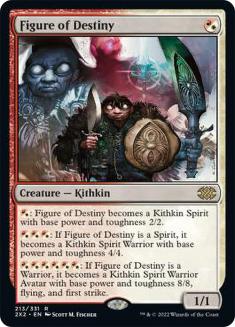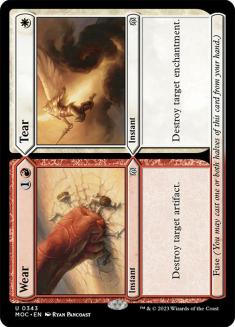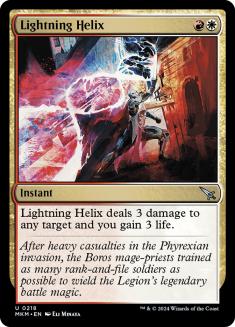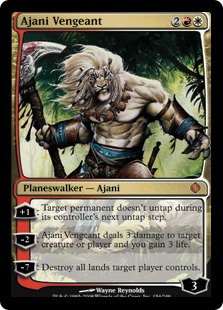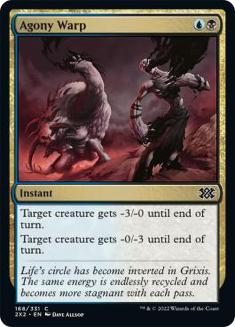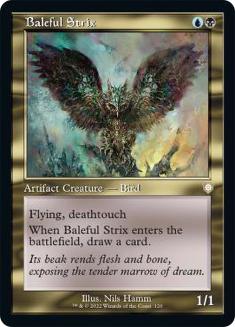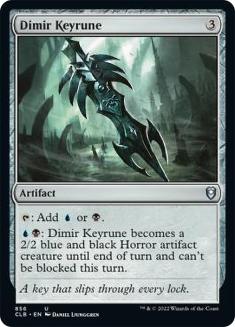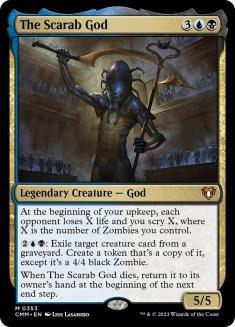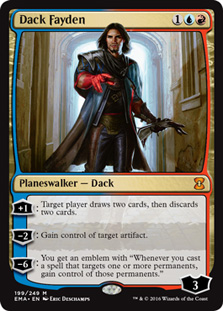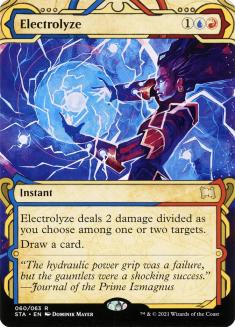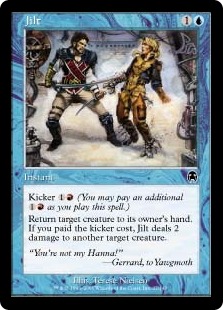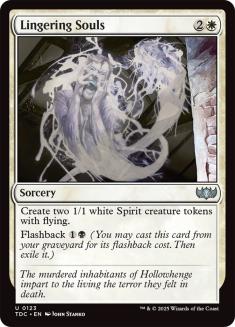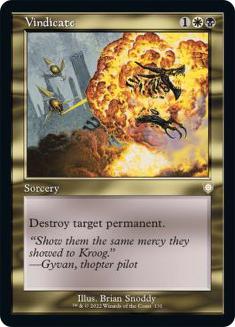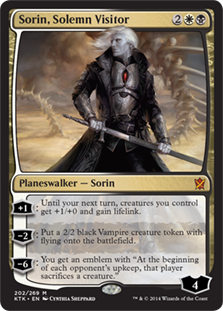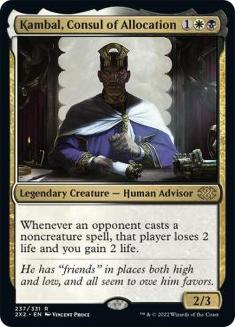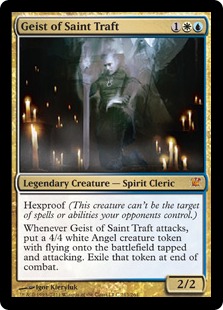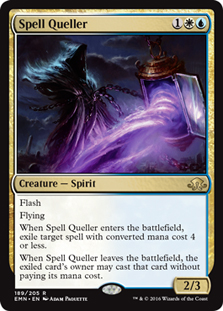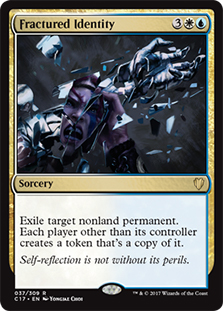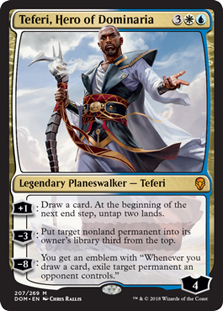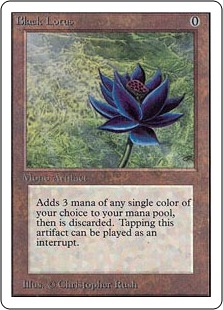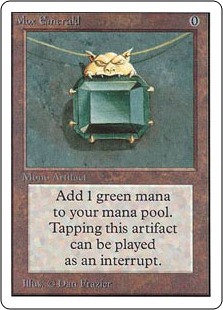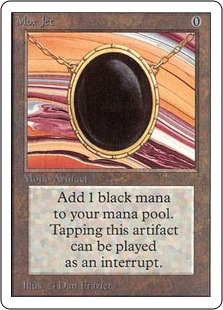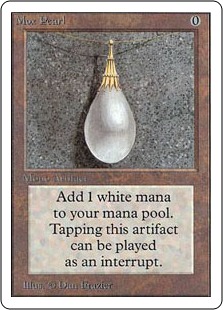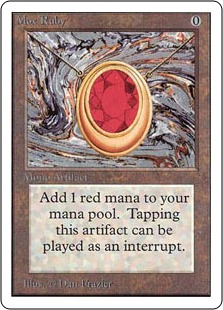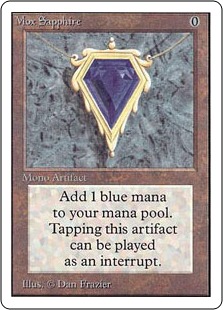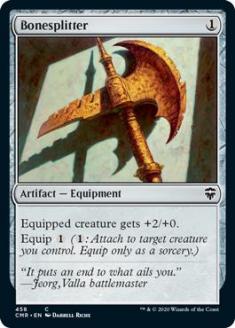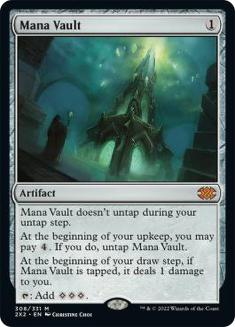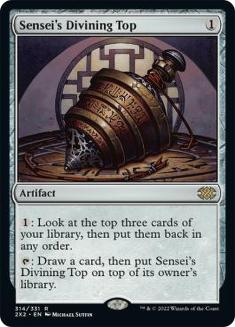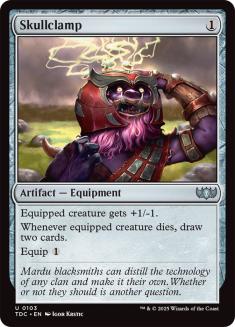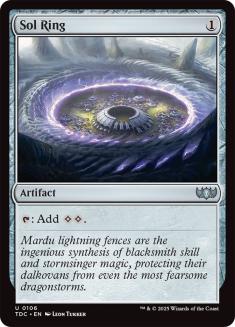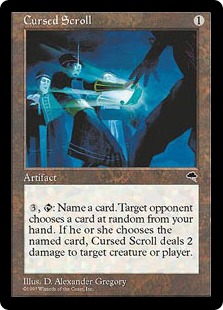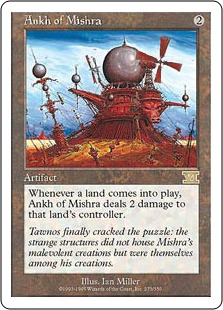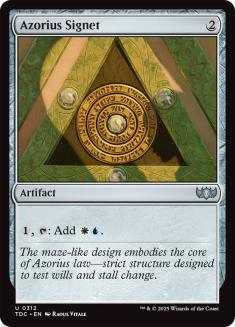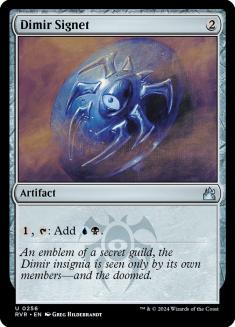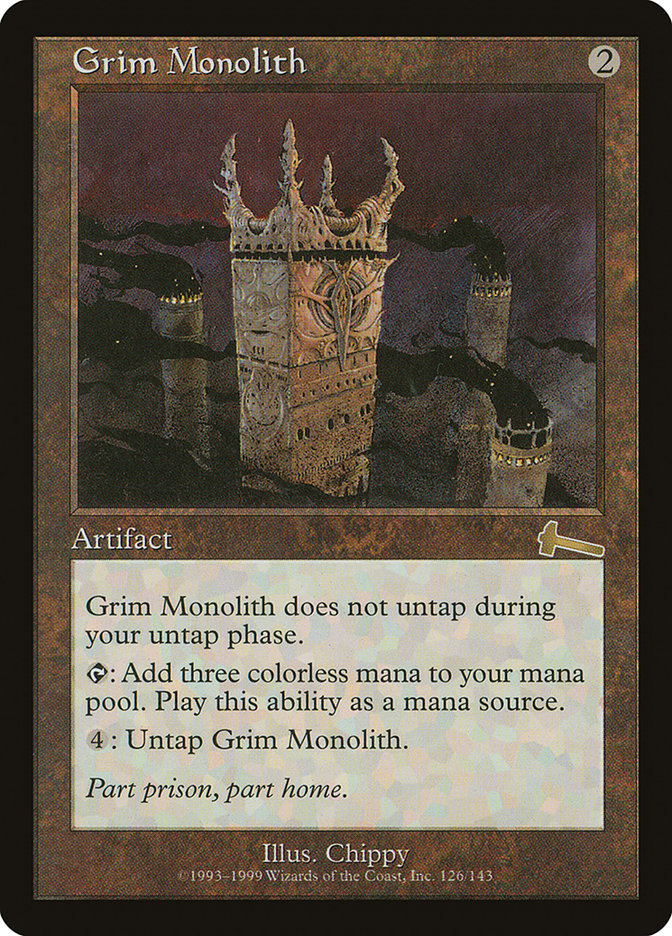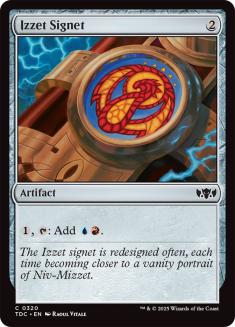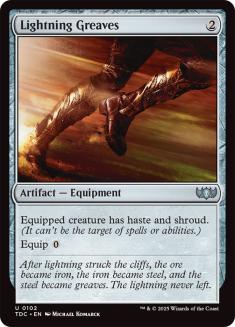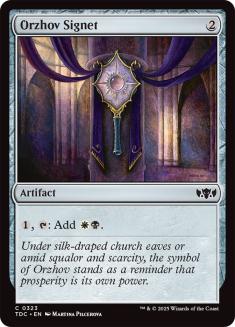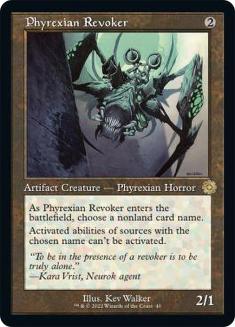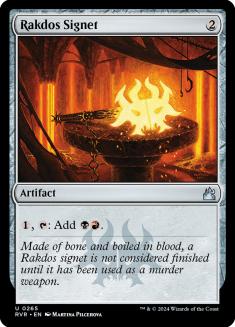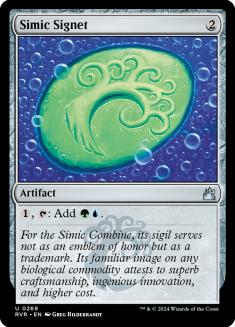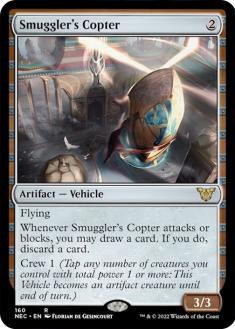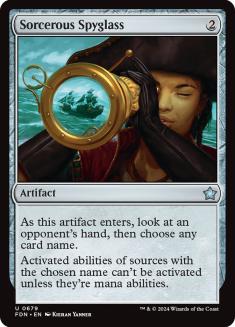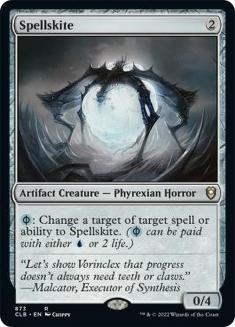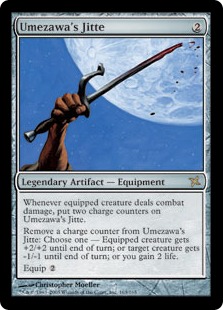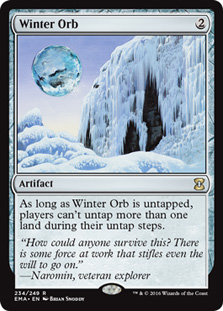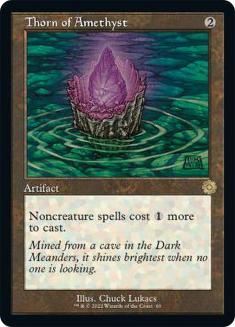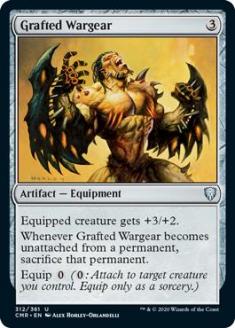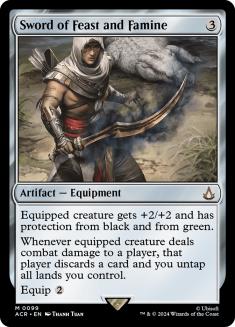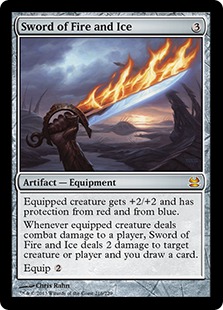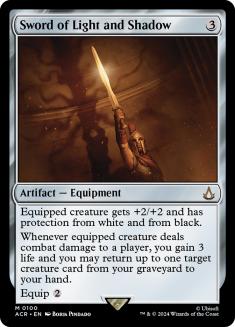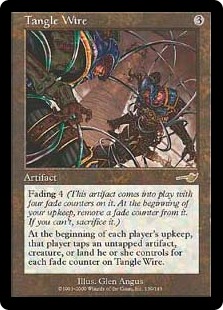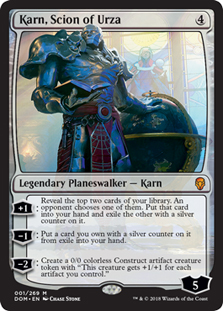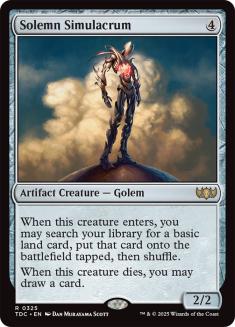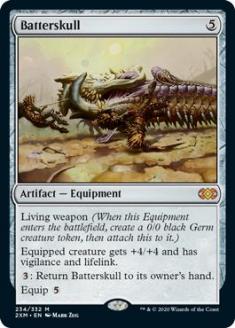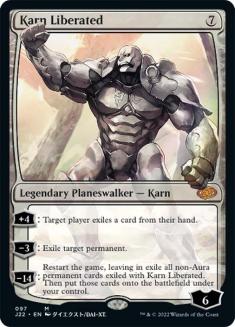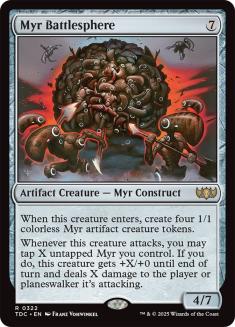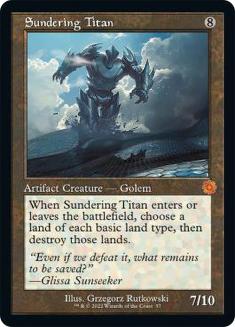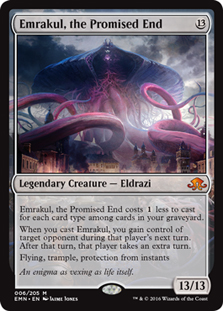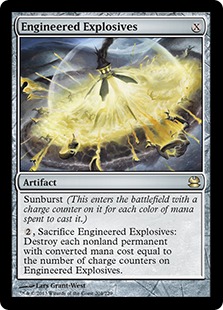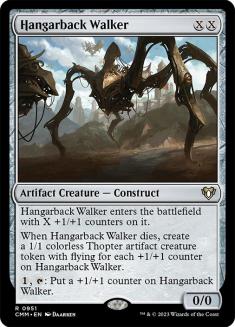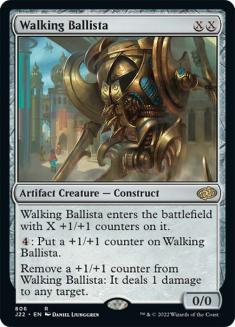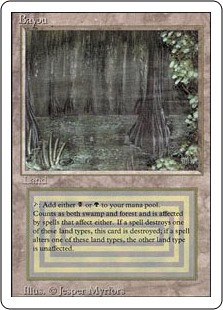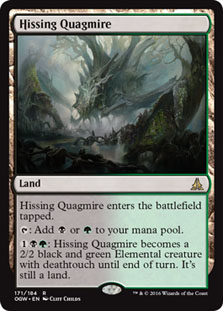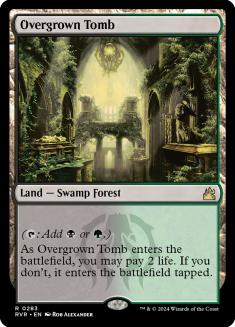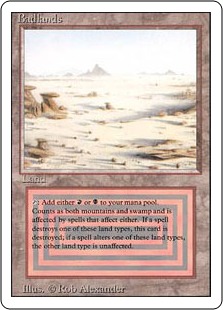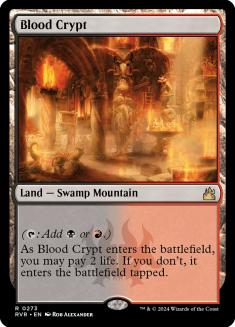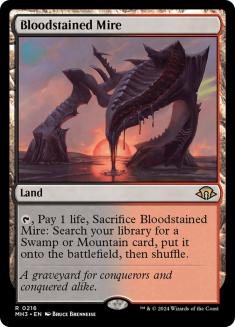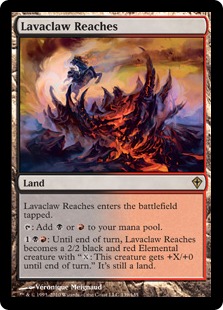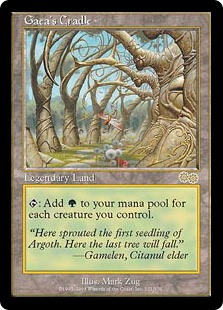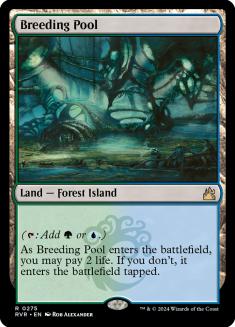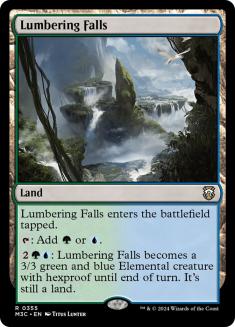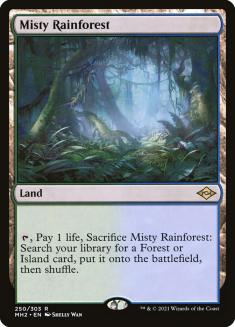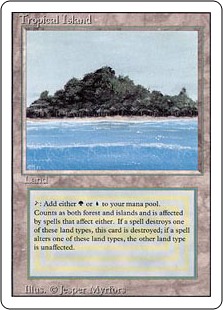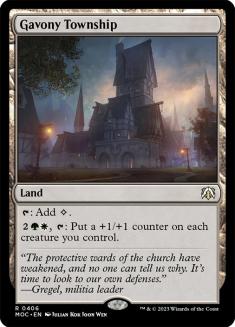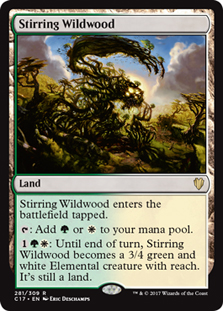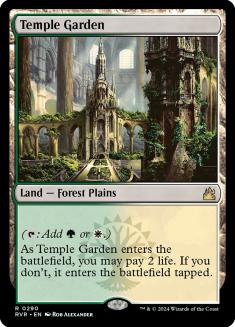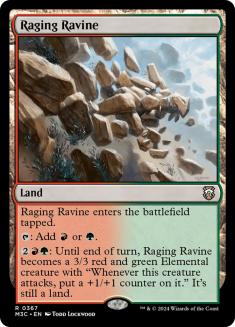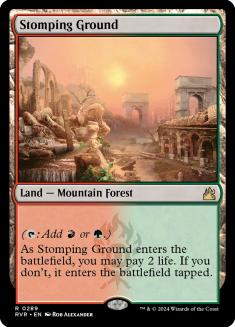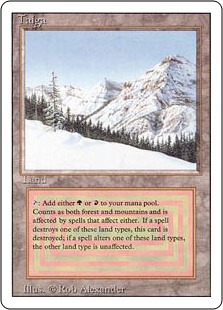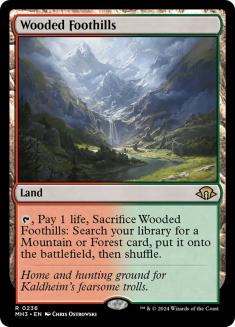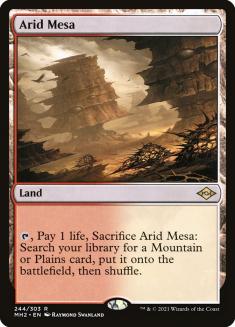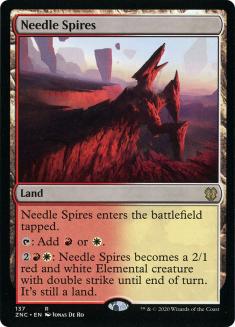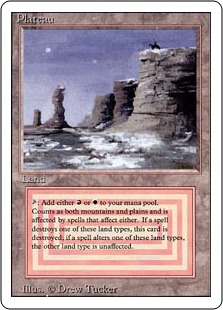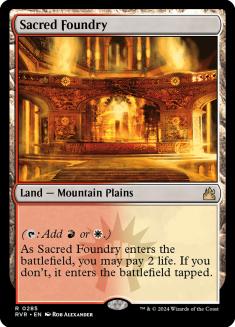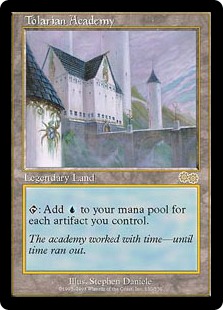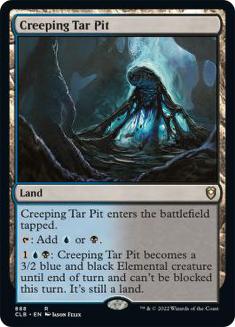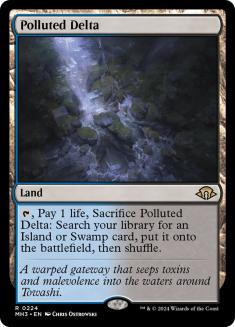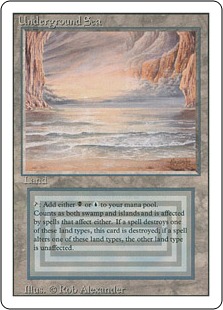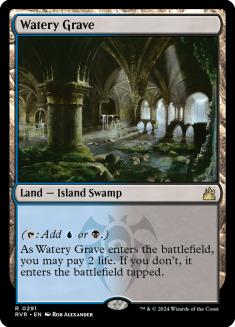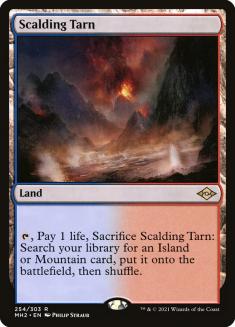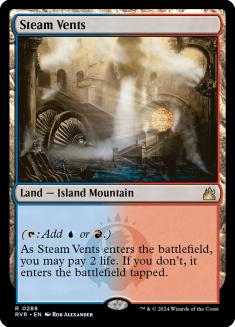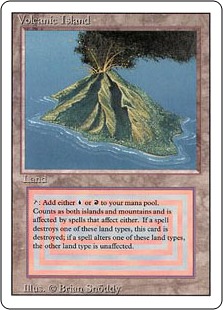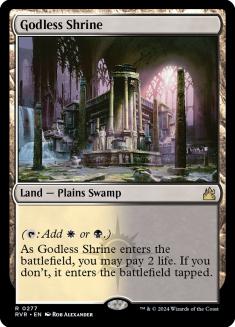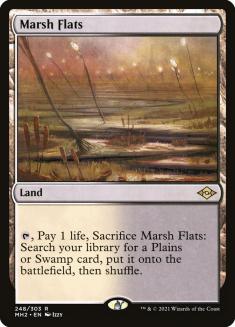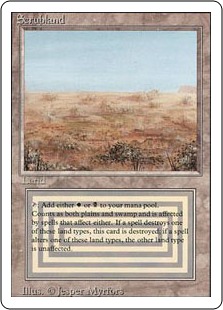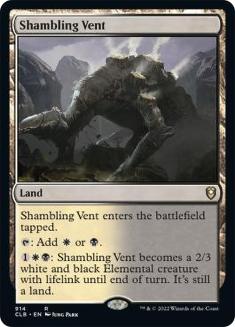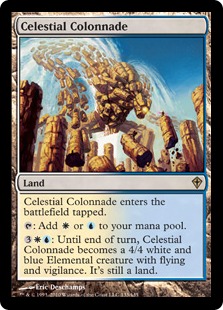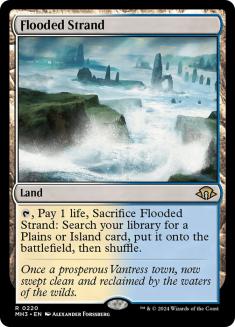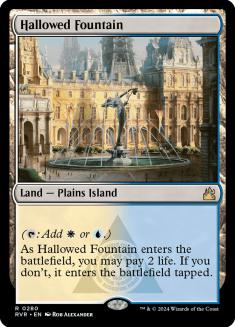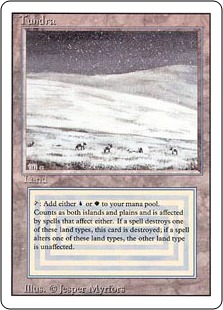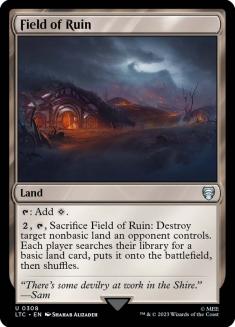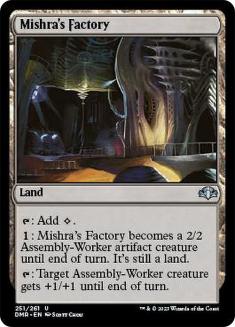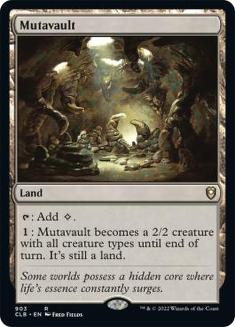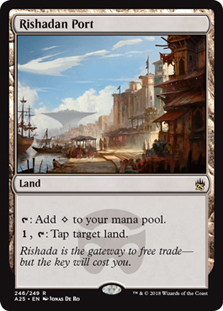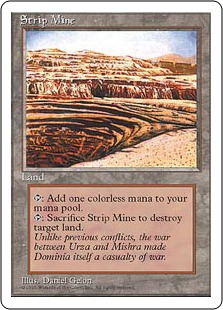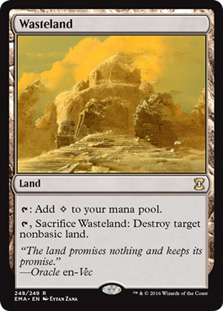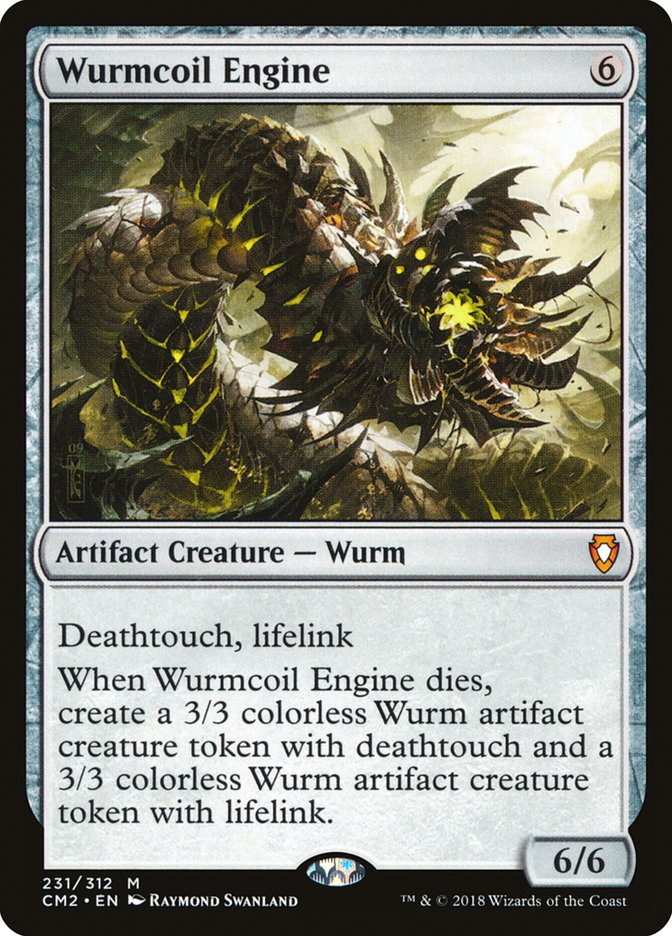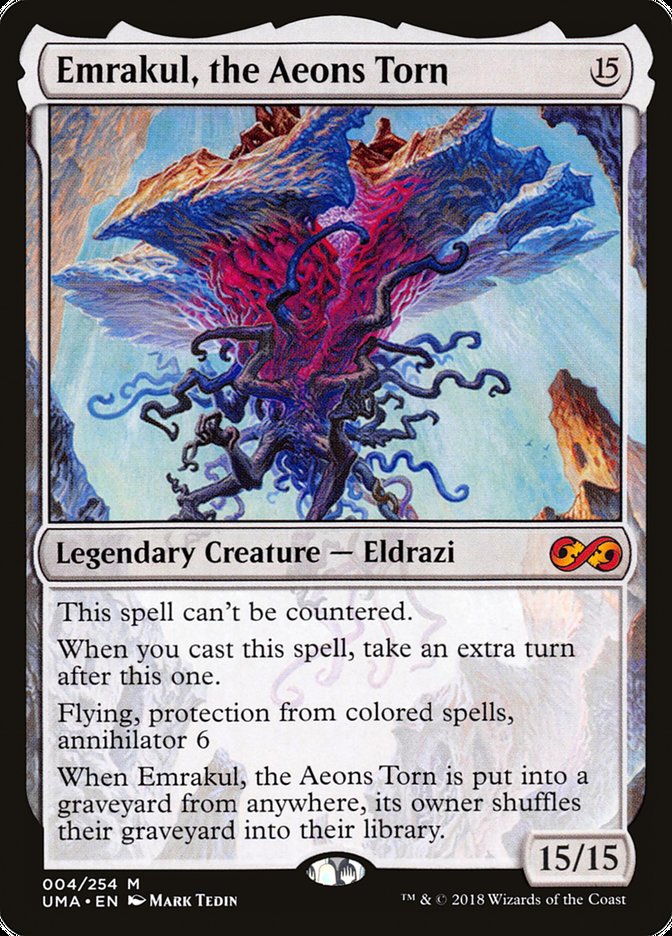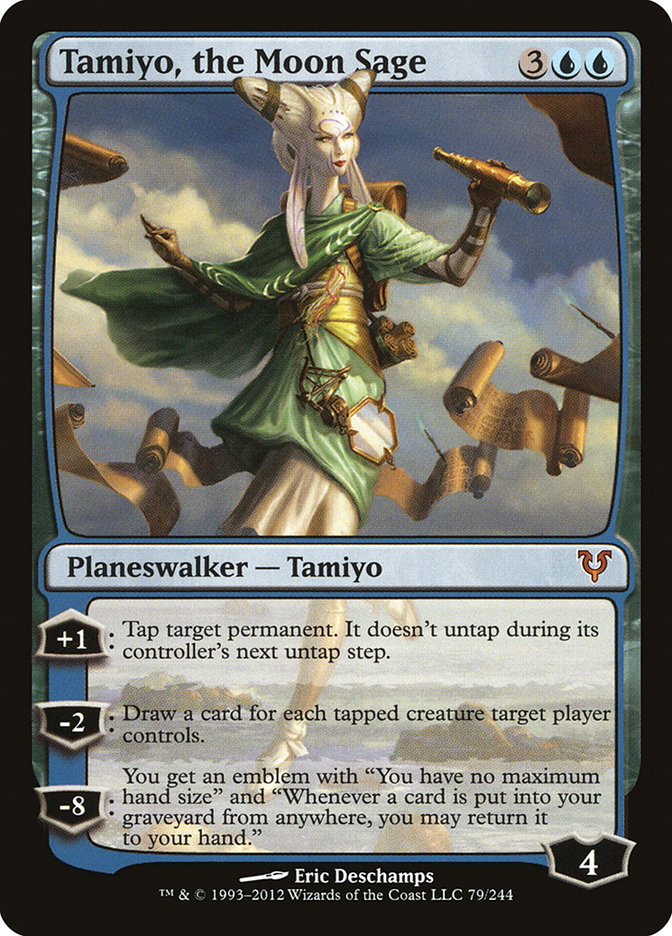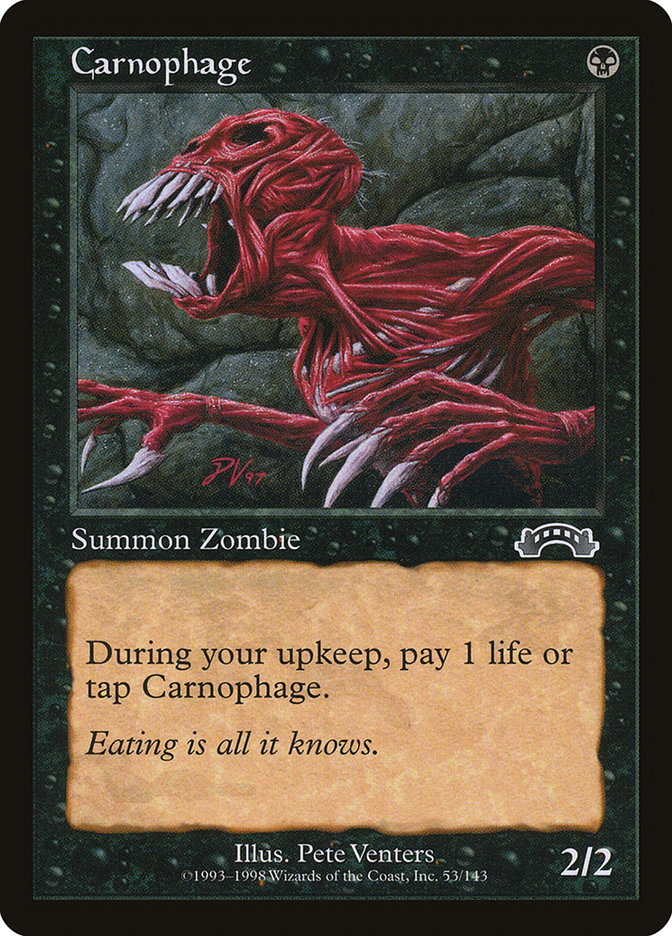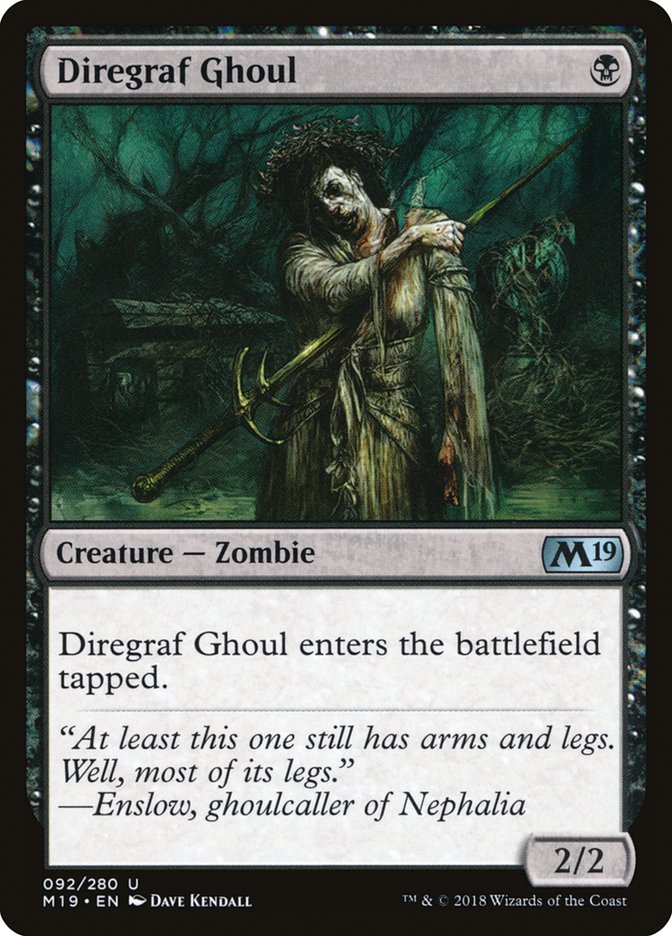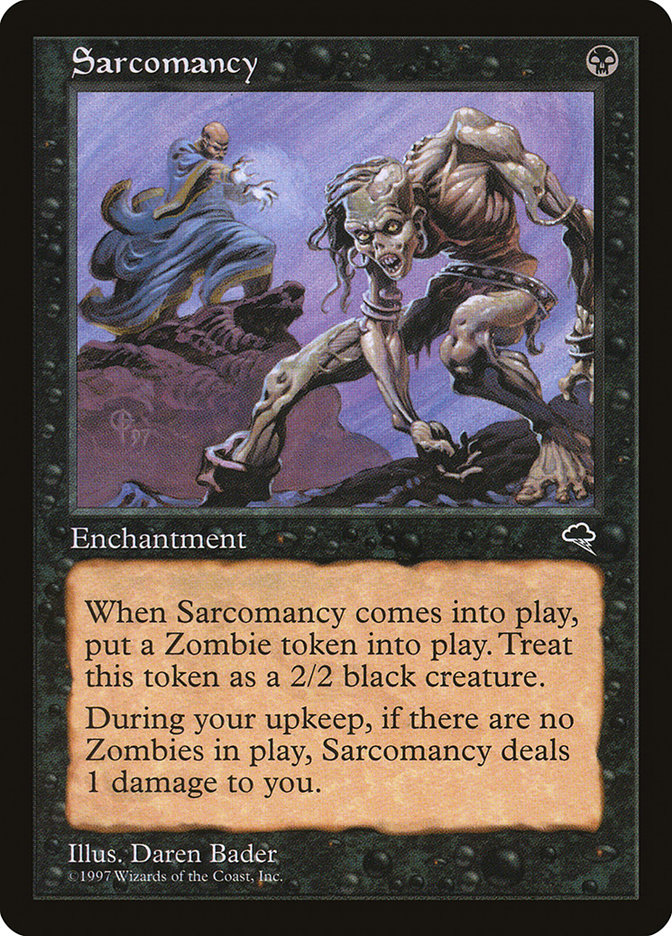It’s been a long time since my written words have appeared on this website,
so I supposed introductions are in order. I’m Justin Parnell, and I wear
several hats.
-
If you enjoy laughing at videos on the internet or typing angry
comments on YouTube about people getting obscure card interactions
wrong, you probably know me from Commander VS.
-
If you sell cards to us by mailing them in via our online buylist
or type angry posts on the r/mtgfinance subreddit about how you
think SCG misgraded your cards, you probably know me as the
Acquisitions Manager at StarCityGames.
-
If you’re at least 35 and find that you really want to travel to
events exclusively to Cube Draft but can’t take the time off of
work and need to stay home to take care of your kids and you’ll
just go to the event that comes two hours away from your house next
time anyway, you probably know me from
my Cube series on this website from 2011-2014
.
[I’m mostly in this group and I’m 34. This article has
incorrect information. –DWest]
Today we’re going to be dusting off that last hat, because the most
historic moment in the history of Cube drafting (besides when someone had
the idea for Cube drafting) is coming to SCG CON Winter. On December 9th,
we’ll be holding a
$10,000 Cube Draft
where you can earn your spot via four Qualifier events on Saturday and
Sunday, leading up to the Cube Draft itself Sunday afternoon. Can’t make it
to SCG CON Winter this December? Every minute of the event will be coming to
a Twitch stream near you starting at 5pm ET.
So what makes me qualified to have the honor of creating this Cube? I began
Cube drafting ten years ago and created my first Cube, a 540-card powered
Cube, early in 2009. I’ve written tens of thousands of words on the format,
spent hundreds of hours talking to the most experienced Cube designers and
drafts, personally drafted over 40 unique Cubes in paper, and have
participated in hundreds and hundreds of drafts, including almost 30 Cube
rotisserie drafts. Cube is and will always be my all-time favorite format
to play Magic (yes, Commander included).
I think you’ve probably had enough chest-puffing from me, so let us get to
the main course: the Cube itself.
White
Blue
Black
Red
Green
Multicolored
Colorless
Land
There are a few things that I focused on when designing this Cube:
-
This Cube is powered, and being a powered Cube means a certain
thing. Cards restricted in Vintage are plentiful, and explosive
plays should be had. Cubes by nature are inherently nostalgic, and
powered Cubes are more so. This does not come at the cost of
overall Cube design, however. -
This Cube needs to be fun to draft, play, and watch. While
there will only be eight people playing the Cube, tens of thousands
will be watching. Trying to identify what people would enjoy was a
top priority, of course, with the understanding that you can’t
please all the people, all the time. -
This Cube will only be drafted one time in this iteration. This
means that interaction is king here, as I want all eight players to
have a chance to interact with the other seven. This also means
that there are no two-card combos in this Cube. This is likely a
departure from powered Cubes most people are used to, but in a high
stakes draft like this one, I want the winner to earn it through
the entirety of the event. -
This may be the first time some viewers have watched a Cube draft.
My ultimate goal is to get as many people as possible addicted to
Cubing as well, so the cool factor of the Cube should be enough to
encourage them to build their own, or at least explore the format
more.
You’ve been patient enough waiting for the Cube list but wait no longer.
Now that you’ve all had time to pore over the list, let’s dig into the
specifics.
-
The basics used will be Unstable. All Cube designers judge
each other on the basics they choose, so I wanted to get this one
out of the way. Unstable basics are the best basic lands
printed this century. -
There is no storm in the Cube. In my experience, Storm decks can be
very hit and miss in the draft, even in a 360-card Cube. Storm as
an archetype eats up a decent number of slots in the Cube, so when
you only have 360 cards to work with, you’re forced to sacrifice
multiple slots for a strategy that only works when the drafter is
the only one targeting the archetype. In the event the solo Storm drafter is successful, the deck becomes very
difficult for the other drafters to overcome due to the singular nature of
the format. As you’ve noticed from the Cube list, there’s another component
to this archetype that’s also missing. Don’t worry, it’ll be the next
thing. -
In an effort to promote the other four colors of Magic, blue has
been purposefully hobbled. In any powered Cube, Blue will always be
the most powerful color. Due to this, Blue does not get to have
access to many cheap cantrips or counterspells that aren’t color
intensive. Ponder, Preordain, Mana Leak, and Miscalculation are
cards that are absent that I’d like to specifically identify. Some
may argue that these cards allow other colors to splash blue for
countering/card selection, but more often than not it allows the
blue deck to be looser with its manabase, which increases their
life total/deck speed over the course of the event. -
As was said above, there are no two-card combos. This means that
Splinter Twin/Pestermite, Time Vault/Voltaic Key, and
Tinker/Blightsteel Colossus are absent. This is a nod to greater
interaction between decks, allowing aggressive decks to flourish,
and a concession to the singular nature of this format. The closest
thing you have available to a two-card combo is Upheaval/Fastbond,
though traditional Upheaval decks lean more on artifact mana than
actual lands. -
The colors are not exactly balanced, especially multi-colored
cards. For single color cards, each color has within one of each
other color, but I did not elect to force each two-color
combination to have the same number of cards. Some combinations
have more great cards and some have less, and this is reflected.
This also leans into support needed by each archetype in the Cube.
I feel pretty strongly about not forcing lesser combinations to
have the same number of cards when the overall quality is worse. -
There’s a tokens theme, largely spanning White, Black and Red in
the Cube. There are payoff cards in every single color plus
artifacts, so if you find yourself drafting tokens, you shouldn’t
miss out on payoff cards unless you ignore them. -
There’s an artifact theme, which is pretty common in powered Cubes,
and artifacts appear in virtually every deck. Artifacts have the
highest draft-to-play percentage of every card type in the Cube,
right after lands. Ergo, cards that destroy artifacts are very
powerful and should often make maindecks.
Questions I expect to hear in the comments of this article:
- “Did you test the Cube?”
Yes, extensively. Over five weeks, nine volunteers from all different
levels of Magic and Cube interaction assisted me in testing the Cube,
providing feedback, and tweaking. I took extensive notes about every draft
and the finished products of the decks for five weeks, then had my testers
fill out feedback forms for further data. While my name might be on this
Cube, I could not have done this without Mike Kerby, Brandon Cook, Connor
McBroom, Jake Humphries, Ryan McKinney, Emma Handy, Cameron Adams, Stephen
Green, and Chris McCurry. If any of them make it through the qualifiers to
the Cube draft on Sunday, it might be time to start increasing your
devotion to white if you know what I mean.
- “Is this the best you could do?”
As every person who has ever owned or designed a Cube knows, no Cube is
perfect. Every Cube is in constant flux, and ideally, is always improving.
Even though this Cube was designed for the sole purpose of being played at
a singular event, this Cube is no different. I used all my own knowledge,
all the feedback I received from my testers, and a plethora of trial and
error to put together what I believe will be both an enjoyable experience
for players and viewers, and a Cube list that represents the best format in
all of Magic.
- “Where are all of the sweepers?”
Removed during testing. In my opinion, one of the most important things for
just about any Cube is to allow aggressive decks to exist. That means that
they need to be able to function in the face of natural hate, such as
sweepers and combo-oriented decks. A difficulty of aggressive decks in a
360-card Cube is that the majority of aggressive decks need numbers rather
than specific effects. The difference in the fifth best white one-drop and
the twelfth best white one-drop are very close, but with 360 cards you’re
not afforded to have that many cards of a single archetype in the Cube.
That means that the cards that do make it need additional room to breathe,
and the outcome of that is taking away some of the tools used to oppress
aggression.
- “What is the best archetype?”
The best archetype is the one you realize no one else is in (this is often
called “drafting”). In all seriousness, during our testing sessions we
never had a single player win more than once and had four and a half
distinct archetypes come out victorious.
- “Well, what were they?”
Fine: Rakdos Aggro, Azorius Control, Izzet Artifacts, Golgari Midrange, and
Rakdos Sacrifice. Only the two red and black decks were close, but the
Rakdos Sacrifice deck had an extra non-combat damage angle with Goblin
Bombardment and Blood Artist, where the Rakdos Aggro deck was focused more
on aggressive creatures and burn spells.
- “Why is XYZ not in the Cube?”
There are many more than 360 amazing, powerful cards in Magic, so cuts are
painful. To narrow in on some more specific ones:
This will likely be the most notable exclusion from the Cube. Though we are
working with a powered Cube, Wurmcoil Engine is still the most singularly
oppressive card to the success of aggressive decks. While each color can
fight through a Wurmcoil Engine, fighting ol’ Wurmy with an aggressive deck
gives you two options: have the answer before its controller untaps or
spend too many resources to fight through, which are often too great for
them to overcome. If you want a big lifelink creature, draft Baneslayer
Angel.
These cards fall into the one-hitter-quitter category, which I’m just not
interested in having. There are still a solid number of creatures to cheat
onto the battlefield and make life miserable for your opponents; they just
won’t end the game in one turn.
Planeswalkers are the most powerful card type on average in Cubes. If you
don’t take care to reign them in, your Cube can begin to look like a
jumbled mess of midrange value Planeswalkers. To ensure that doesn’t
happen, I specifically limited the number of Planeswalkers to be under 5%
of all the cards in the Cube, and roughly split them evenly across colors
(when you take mulitcolored into consideration). There are some frequent
Cube contributors missing, but I feel very good about the Planeswalkers
than ultimately made it in.
Look. In everyone’s heart, we know that the choices Black has for
aggressive creatures are just leagues worse than White and Red. So to avoid
tricking people into thinking that you might be able to create a black
aggressive deck by having a couple of one-drops, I’ve removed them
completely. Black’s role is to be arguably the best support color, but
you’ll need to go to White or Red to lead the one-drop parade towards your
opponent’s life total.
- “Why are there so many Guilds of Ravnica cards?”
There are two potential answers to this question. The first is, as a Cube
designer, testing often leads you to have a slightly higher than average
number of cards from the most recent set. This is a natural progression for
an ever-evolving Cube, and the nature of having a self-imposed cutoff date
for the Cube to be finished means that Guilds of Ravnica may be
slightly overrepresented.
The second answer is, well, maybe there aren’t enough Guilds of Ravnica cards in this Cube. Seriously, this set is just
that good for Cube.
-
“This is the greatest Cube I’ve ever seen in my life, and I
literally began to weep as I considered that we will only see its
majesty one time. Will we ever see this Cube return?”
I’m going to be honest – I hope so. I can tell you that those of us that
will be making decisions regarding the future of events like this will be
closely watching the event as a whole and everyone’s reaction to it. If you
want to see this return, I’d recommend watching the draft, talking about
it, choreographing dance routines to honor the Cube, naming your first-born
child “SCG CON Winter $10k Cube Draft,” and little things like that. In all
seriousness, the support of the Cube community will make a big difference
in if this is a one-time thing or something we’ll see again.
Thanks so much for taking your time to read and support this endeavor. I
look forward to meeting everyone at SCG CON on December 7 – 9 and hopefully
get to talk about Cube more than I do normally!
If you want to hear more of my thoughts on Cube,
check out my Cube series from 2011-14
as a lot of what I spoke about is still relevant today. I also will be
appearing on an episode of the Cube podcast Solely Singleton
today, November 20, so make sure to check that out as myself, Brad and Eric
dive deeeep into the specifics of this Cube. You can also catch my personal podcast
,
Think Twice
,
on a variety
of platforms.


